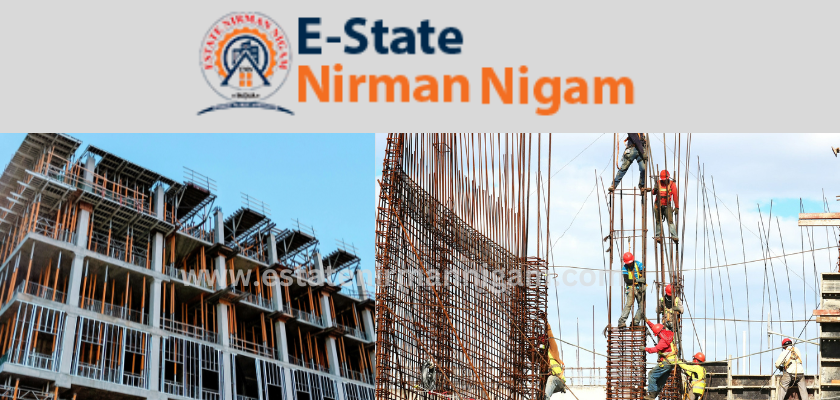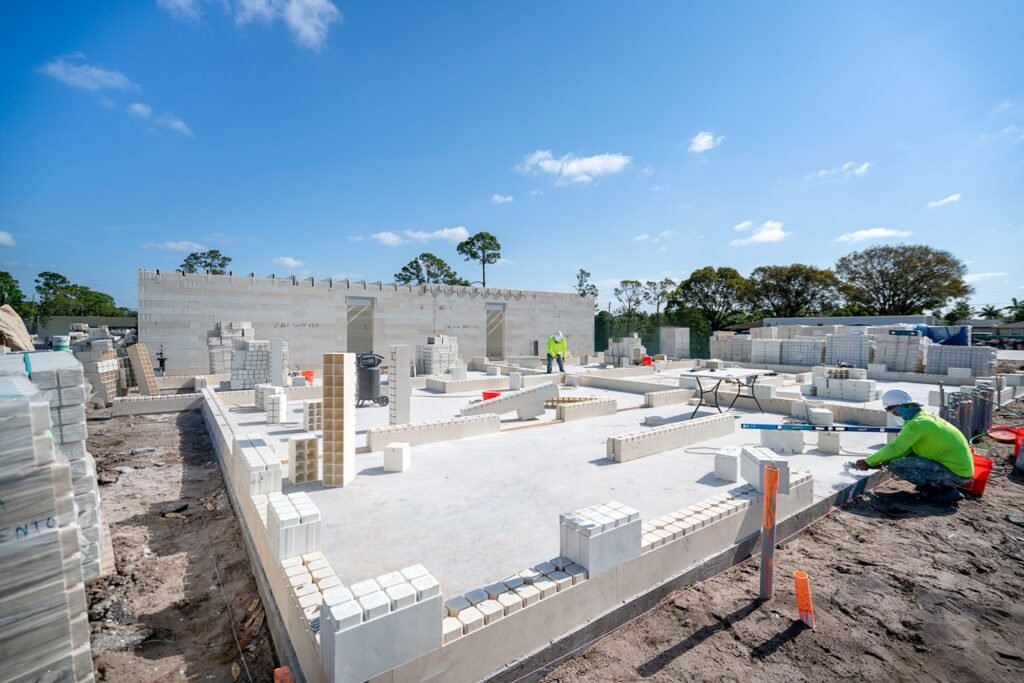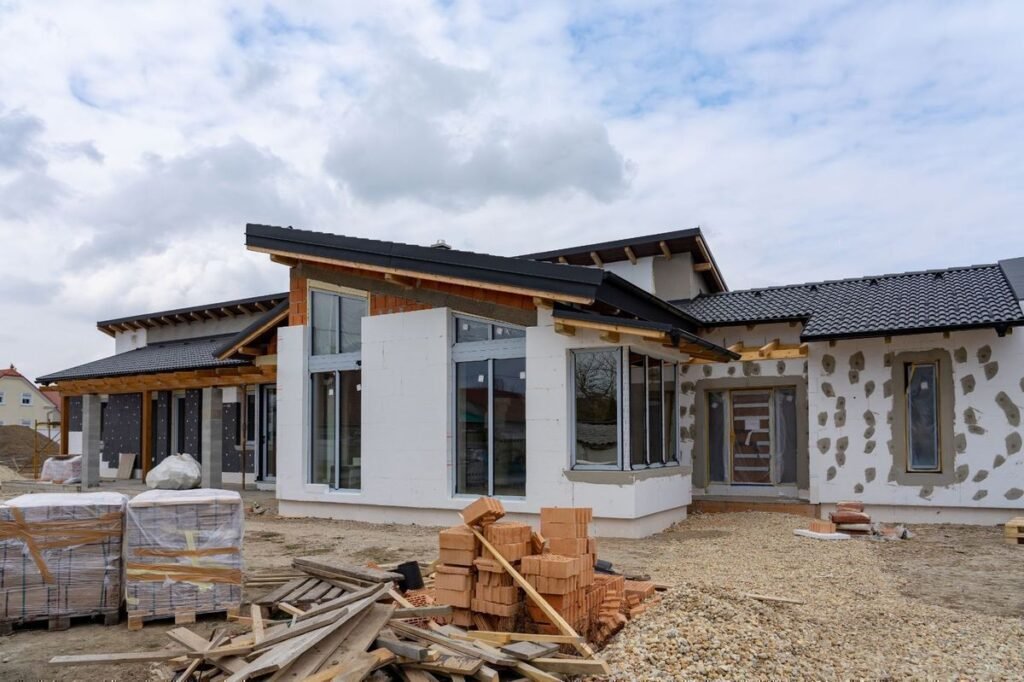Design house
E-state Nirman nigam http://estatenirmannigam.in there were many aspects to building design in India in 2018, including architectural trends, building materials, energy efficiency, green building initiatives, and more. However, in order to fulfill your request, I will provide a high-level overview of the state of building design in India during 2018, focusing on important trends, challenges, and developments. Given the length constraint, I will focus on the most relevant aspects of the topic. E-state Nirman nigam http://estatenirmannigam.in
1. Architectural Trends:

In 2018, building E-state Nirman nigam http://estatenirmannigam.in design in India was influenced by a mix of traditional architectural styles and modern design trends. Architects aimed to combine the country’s rich architectural heritage with contemporary designs that addressed current needs and challenges.
Vernacular Architecture: E-state Nirman nigam http://estatenirmannigam.in Many architects embraced traditional architectural styles and techniques, such as using local materials like mud, bamboo, and stone. These methods were seen as more sustainable and in harmony with the local climate.

Modern and Minimalist Designs: E-state Nirman nigam http://estatenirmannigam.in Minimalism gained popularity in urban areas, with architects favoring clean lines, open spaces, and functional layouts. This style was often combined with smart home technologies.

Biophilic Design: Integrating natural elements, such as greenery and water features, into building design became more E-state Nirman nigam http://estatenirmannigam.in common. This approach aimed to improve occupants’ well-being and enhance the aesthetics of the built environment.
2. Green Building Initiatives:

The green building movement gained significant momentum in India in 2018, driven by a growing awareness of the need for sustainable development and energy efficiency.
LEED Certification: LEED (Leadership in Energy and Environmental Design) certification became more popular among developers seeking to demonstrate their commitment to sustainability. Buildings were designed to E-state Nirman nigam http://estatenirmannigam.in meet specific energy and resource efficiency standards.
Green Rating for Integrated Habitat Assessment (GRIHA): GRIHA is India’s national green building rating system, focusing on sustainable practices throughout a building’s lifecycle. Developers increasingly aimed to achieve GRIHA certification.

Renewable Energy and Energy Efficiency: Building designs incorporated solar panels, rainwater harvesting systems, and energy-efficient appliances to reduce environmental impact and operational costs.
3. Building Materials:
In 2018, building materials were chosen with sustainability, durability E-state Nirman nigam http://estatenirmannigam.in , and aesthetics in mind. Local materials and alternative building materials were favored in many projects.
Recycled and Reclaimed Materials: Recycled and reclaimed materials, such as reclaimed wood and recycled steel, were used in construction to reduce waste and minimize environmental impact.
Prefabrication and Modular Construction: Prefabrication and modular construction techniques were employed to speed up construction timelines and improve quality control.

4. Affordable Housing:
The demand for affordable housing in India remained high in 2018, driven by rapid urbanization and population growth. Government initiatives such as the Pradhan Mantri Awas Yojana (PMAY) aimed to provide affordable housing for all by 2022.
Low-Cost Construction Techniques: Innovative construction methods, E-state Nirman nigam http://estatenirmannigam.in such as using prefabricated panels or cost-effective materials like fly ash bricks, were explored to reduce costs and improve access to affordable housing.
Inclusive Design: Architects and developers sought to design housing that was accessible and inclusive for people of all abilities, in line with India’s Accessibility Act.
5. Challenges and Future Outlook:

Despite the advancements in building design, India faced several challenges in 2018: E-state Nirman nigam http://estatenirmannigam.in
Infrastructure Constraints: Limited infrastructure, such as inadequate roads and utilities, often hindered the development of new projects, particularly in rural areas.
Regulatory and Policy Issues: Navigating complex regulatory frameworks and obtaining necessary approvals could be challenging for developers. E-state Nirman nigam http://estatenirmannigam.in
Skill Shortages: The construction industry faced skill shortages, making it difficult to implement advanced building techniques and technologies.
In summary, building design in India E-state Nirman nigam http://estatenirmannigam.in was marked by a blend of traditional and modern influences, with a focus on sustainability and energy efficiency. While the industry faced challenges, particularly in terms of infrastructure and regulatory issues, initiatives such as green building certifications and affordable housing programs signaled a promising future for the built environment in India.